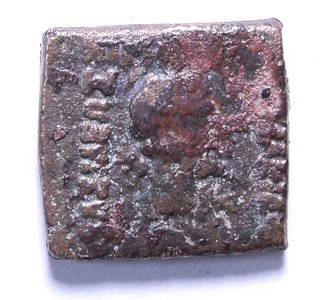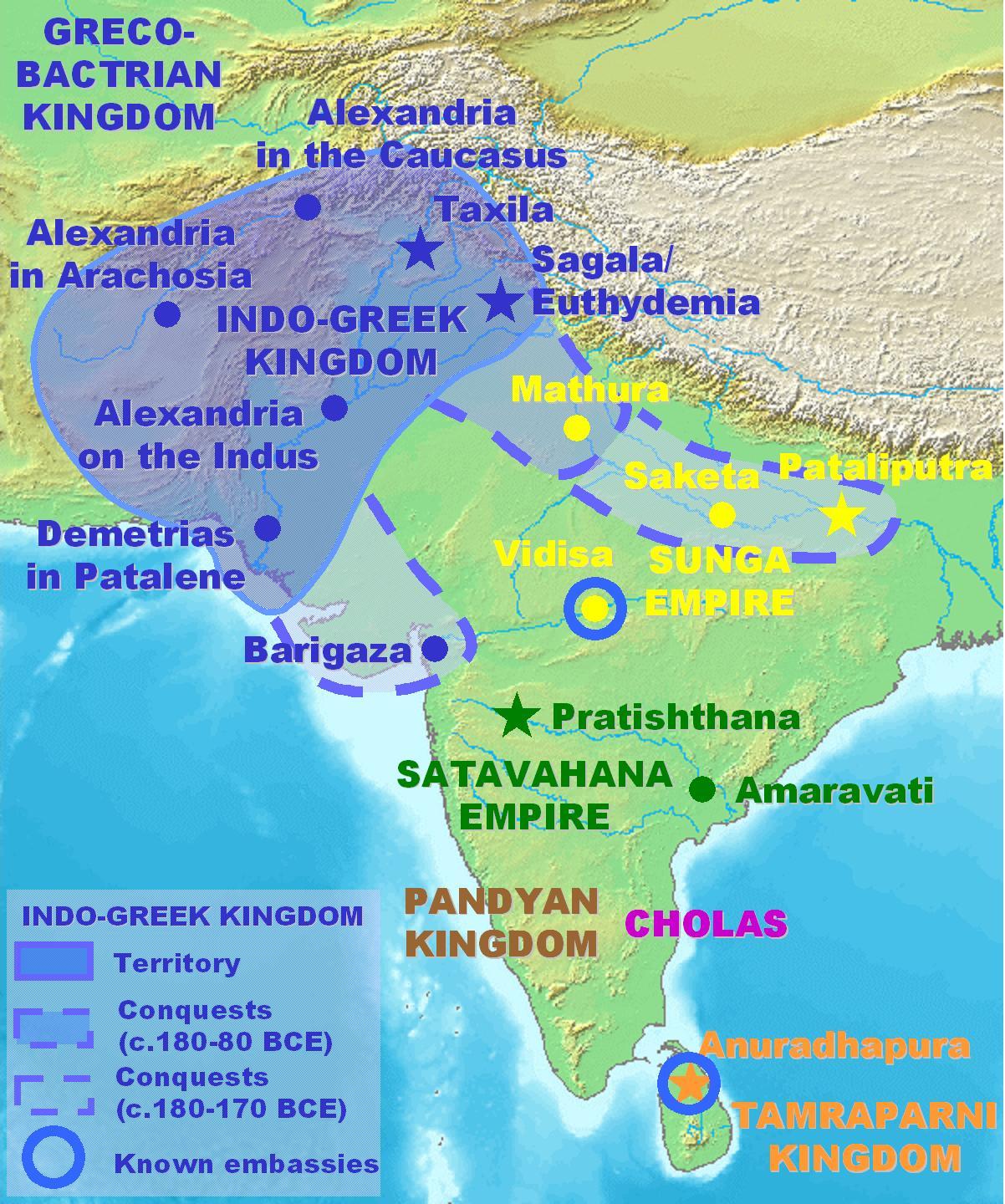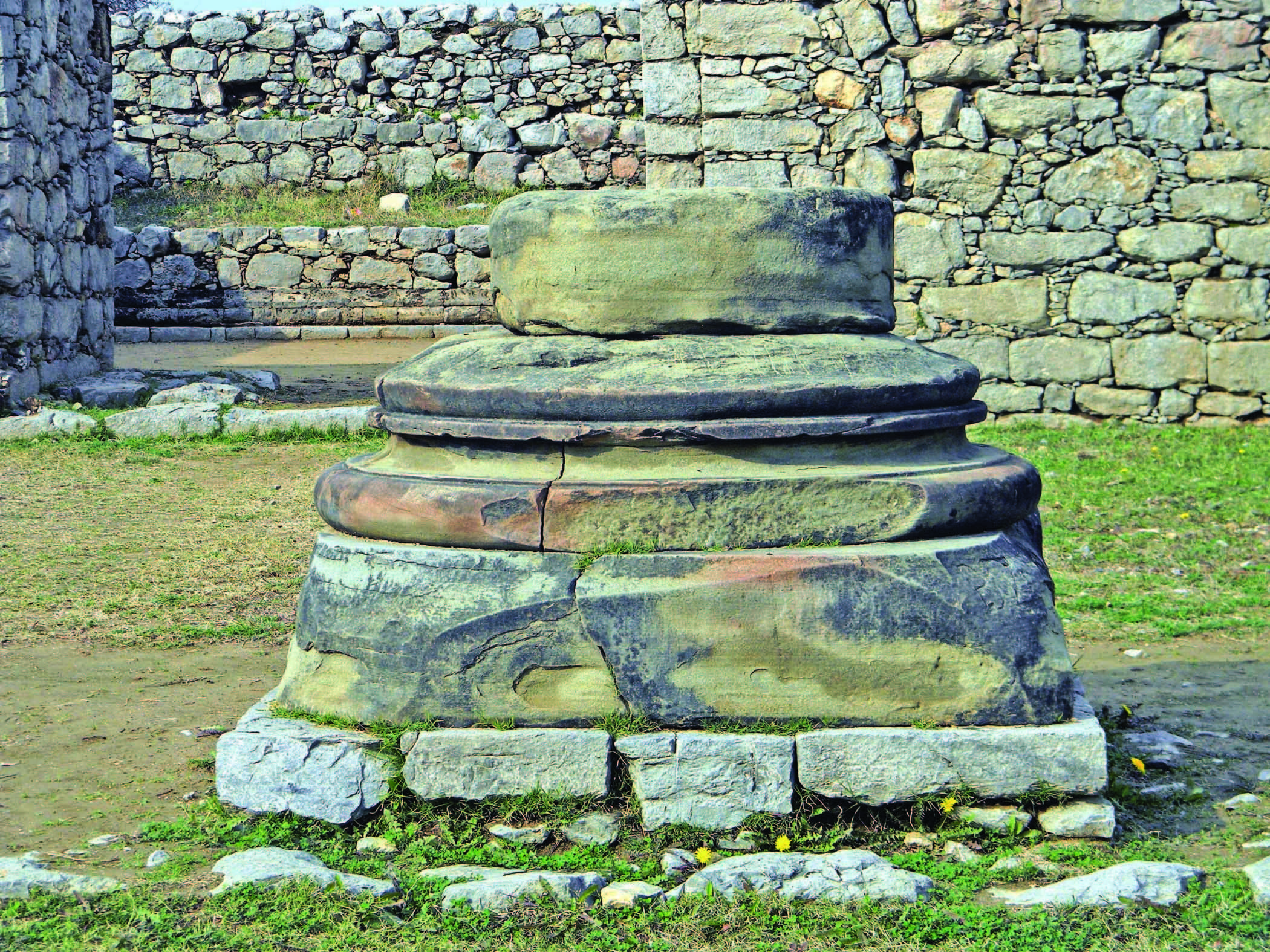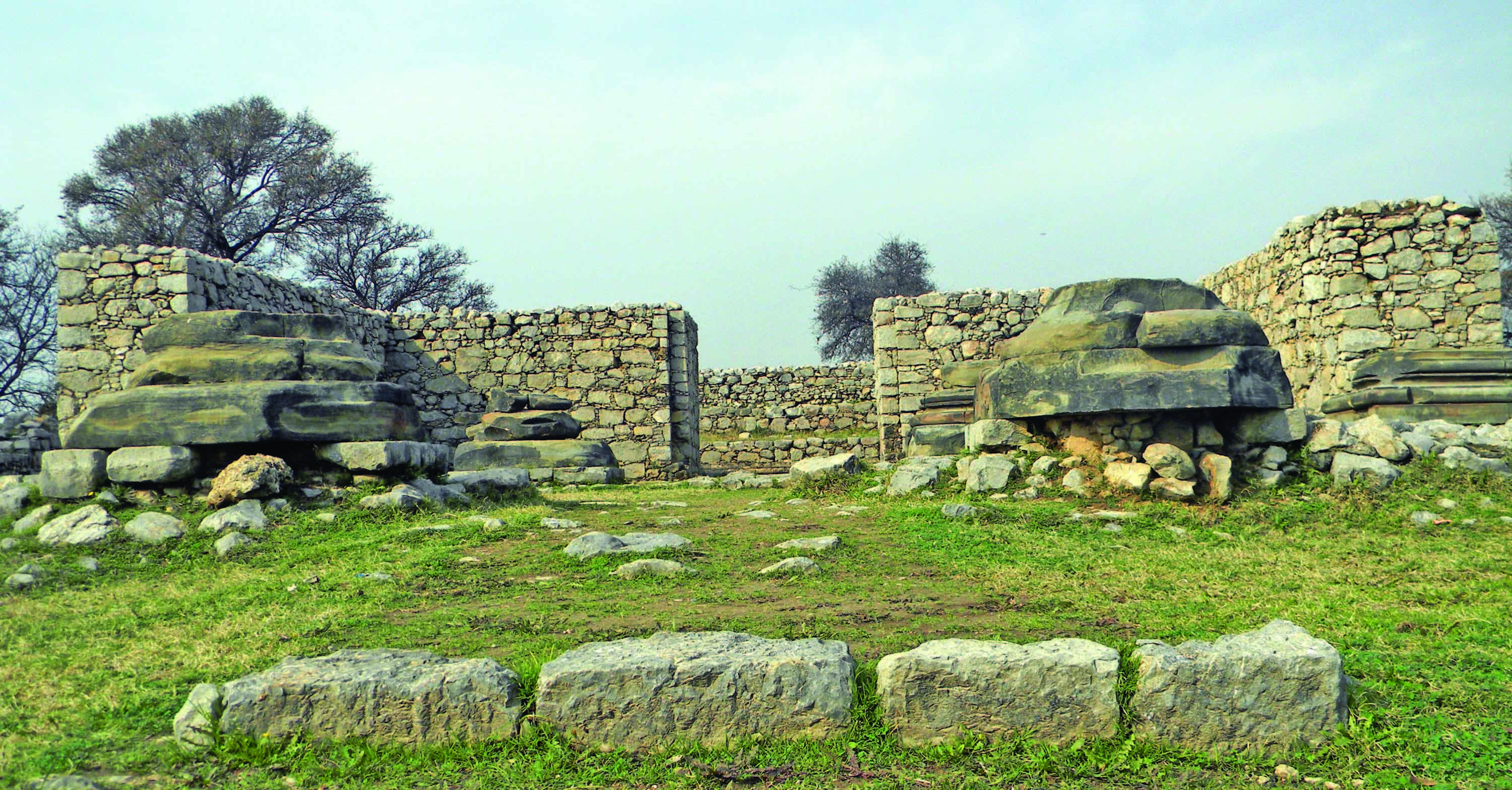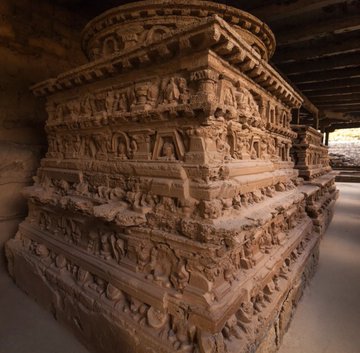ghazi52
Think Tank Analyst
- Mar 21, 2007
- 113,903
- 165,043
- Country of Origin

- Country of Residence

Pakistan Archaeological Sites
Pakistan, though young in the comity of nations, has a rich and varied history spanning a period of over 9000s. The people of Pakistan today have been around for a long time...much before 1947...much before the medieval Mughuls...much before Muhammad bin Qasim...much before Islam...and much before the emanation of Vedic cultures. Pakistan has a history of over 9000 years, all of which have a unique link with the Indus River; Balochistan's Mehrgarh (7000 BC), Khyber Pakthunkhwa's Rehman Dheri (4000 BC), Punjab's Harappa (3000 BC) and Sindh's Mohenjodaro (2500 BC) combined have more than 50,000 rock carvings and over 10,000 inscriptions.
Many other heritage sites ranging from the Neolithic period in present-day Gilgit Baltistan and the the ancient Sharda University in Azad Jammu & Kashmir are also worth mentioning. Pakistan is an ancient land in world history. One of the oldest remains of human activity are found in the Soan Valley of the Potohar region in Punjab. The antiquity of these relics of the Stone Age is estimated at about over 2 million years old. Still within the Stone Age, in Balochistan, we find the remains of a stone age man, who was succeeded through the Mesolithic Age by the people of the Neolithic period. Signs of a continuous process of human activity and the hesitant steps of Neolithic and Chalcolithic/Bronze Age communities towards civilization have been found at Mehrgarh (8000 BC) but somewhere around 2700-2500 BC, this and other settlements began to disintegrate, possibly as a result of migration by people towards the Indus River. This process coincided with the emergence and extension of settled or urban life in the greater Indus Valley, culminating around 2300-1500 BC, in the mature Bronze Age 'Indus Valley Civilisation' represented by the sites of Moenjodaro in Sindh and Harappa in Punjab. They are renowned for being one of the most well developed early urban civilisations in human history.
Following the decline of the Indus cities and the arrival of the Aryans in this region, around 1800-800 BC., at Pirak, Balochistan, there are indications of the use of iron by the communities of the region, along with extensive cultivation of rice, sorghum and millet. The fall of the Indus Civilisation was probably caused by Aryan tribes round about 1500 BC. They were pastoral societies which developed into the Rig-Vedic or early historic city-states. Successively, the territories now constituting Pakistan were conquered by Darius-I of Persia, the Mauryan Great King Ashoka, Bactrian Greeks, Scythians, Parthians and Kushans. The Gandhara region in northern Pakistan flourished from the time of the Persian conquest (600 BC to 500 AD) to the invasion of the White Huns. Almost all the invaders favoured Buddhism and Buddhist cultural traditions flourished in the region. One of the most prized art forms of Pakistan 'the Buddhist Art of Gandhara' reached its zenith during the reign of Kanishka.
After the conquest of Sindh by Muhammad bin Qasim in 711 AD, Islam gained firm hold in the area. From the 10th century on wards, Ghaznavis, Ghoris, Khiljis and Tughlaks ruled over the Indus until the invasion of Timur, who paved the way for the great Mughal Empire. This empire lasted until the War of Independence of 1857. The Early Muslim rulers of the subcontinent kept the border open for Muslims, which resulted in the spread of Islam and the establishment of Muslim settlements throughout the region.
This era has given Pakistan much of its rich ethnic and cultural heritage. The realisation of the two nation theory on the basis of religion saw its dawn in the subcontinent with the arrival of Muhammad bin Qasim. Subsequent Muslim rulers came from Persia and Central Asia, with entirely different cultures, resulting in a harmonious fusion. With the passage of time, two nations developed with a different outlook on life, language and literature, customs and legal system, arts and architecture. The Muslims ruled the subcontinent until the establishment of the British Empire, which lasted until 1947. After Independence in 1947, Islamic traditions and values continued to be a defining force in the collective and individual lives of the people of Pakistan.
There are a number of sites in Pakistan that were once home to great and ancient civilizations. The sophistication of their cultures and times can still be observed in the ruins and remains that can be found at many locations here. These are of great interest to archaeologists as they afford a view into the past and shed some more light on how life once used to be for the inhabitants of these lands.
Pakistan, though young in the comity of nations, has a rich and varied history spanning a period of over 9000s. The people of Pakistan today have been around for a long time...much before 1947...much before the medieval Mughuls...much before Muhammad bin Qasim...much before Islam...and much before the emanation of Vedic cultures. Pakistan has a history of over 9000 years, all of which have a unique link with the Indus River; Balochistan's Mehrgarh (7000 BC), Khyber Pakthunkhwa's Rehman Dheri (4000 BC), Punjab's Harappa (3000 BC) and Sindh's Mohenjodaro (2500 BC) combined have more than 50,000 rock carvings and over 10,000 inscriptions.
Many other heritage sites ranging from the Neolithic period in present-day Gilgit Baltistan and the the ancient Sharda University in Azad Jammu & Kashmir are also worth mentioning. Pakistan is an ancient land in world history. One of the oldest remains of human activity are found in the Soan Valley of the Potohar region in Punjab. The antiquity of these relics of the Stone Age is estimated at about over 2 million years old. Still within the Stone Age, in Balochistan, we find the remains of a stone age man, who was succeeded through the Mesolithic Age by the people of the Neolithic period. Signs of a continuous process of human activity and the hesitant steps of Neolithic and Chalcolithic/Bronze Age communities towards civilization have been found at Mehrgarh (8000 BC) but somewhere around 2700-2500 BC, this and other settlements began to disintegrate, possibly as a result of migration by people towards the Indus River. This process coincided with the emergence and extension of settled or urban life in the greater Indus Valley, culminating around 2300-1500 BC, in the mature Bronze Age 'Indus Valley Civilisation' represented by the sites of Moenjodaro in Sindh and Harappa in Punjab. They are renowned for being one of the most well developed early urban civilisations in human history.
Following the decline of the Indus cities and the arrival of the Aryans in this region, around 1800-800 BC., at Pirak, Balochistan, there are indications of the use of iron by the communities of the region, along with extensive cultivation of rice, sorghum and millet. The fall of the Indus Civilisation was probably caused by Aryan tribes round about 1500 BC. They were pastoral societies which developed into the Rig-Vedic or early historic city-states. Successively, the territories now constituting Pakistan were conquered by Darius-I of Persia, the Mauryan Great King Ashoka, Bactrian Greeks, Scythians, Parthians and Kushans. The Gandhara region in northern Pakistan flourished from the time of the Persian conquest (600 BC to 500 AD) to the invasion of the White Huns. Almost all the invaders favoured Buddhism and Buddhist cultural traditions flourished in the region. One of the most prized art forms of Pakistan 'the Buddhist Art of Gandhara' reached its zenith during the reign of Kanishka.
After the conquest of Sindh by Muhammad bin Qasim in 711 AD, Islam gained firm hold in the area. From the 10th century on wards, Ghaznavis, Ghoris, Khiljis and Tughlaks ruled over the Indus until the invasion of Timur, who paved the way for the great Mughal Empire. This empire lasted until the War of Independence of 1857. The Early Muslim rulers of the subcontinent kept the border open for Muslims, which resulted in the spread of Islam and the establishment of Muslim settlements throughout the region.
This era has given Pakistan much of its rich ethnic and cultural heritage. The realisation of the two nation theory on the basis of religion saw its dawn in the subcontinent with the arrival of Muhammad bin Qasim. Subsequent Muslim rulers came from Persia and Central Asia, with entirely different cultures, resulting in a harmonious fusion. With the passage of time, two nations developed with a different outlook on life, language and literature, customs and legal system, arts and architecture. The Muslims ruled the subcontinent until the establishment of the British Empire, which lasted until 1947. After Independence in 1947, Islamic traditions and values continued to be a defining force in the collective and individual lives of the people of Pakistan.
There are a number of sites in Pakistan that were once home to great and ancient civilizations. The sophistication of their cultures and times can still be observed in the ruins and remains that can be found at many locations here. These are of great interest to archaeologists as they afford a view into the past and shed some more light on how life once used to be for the inhabitants of these lands.










